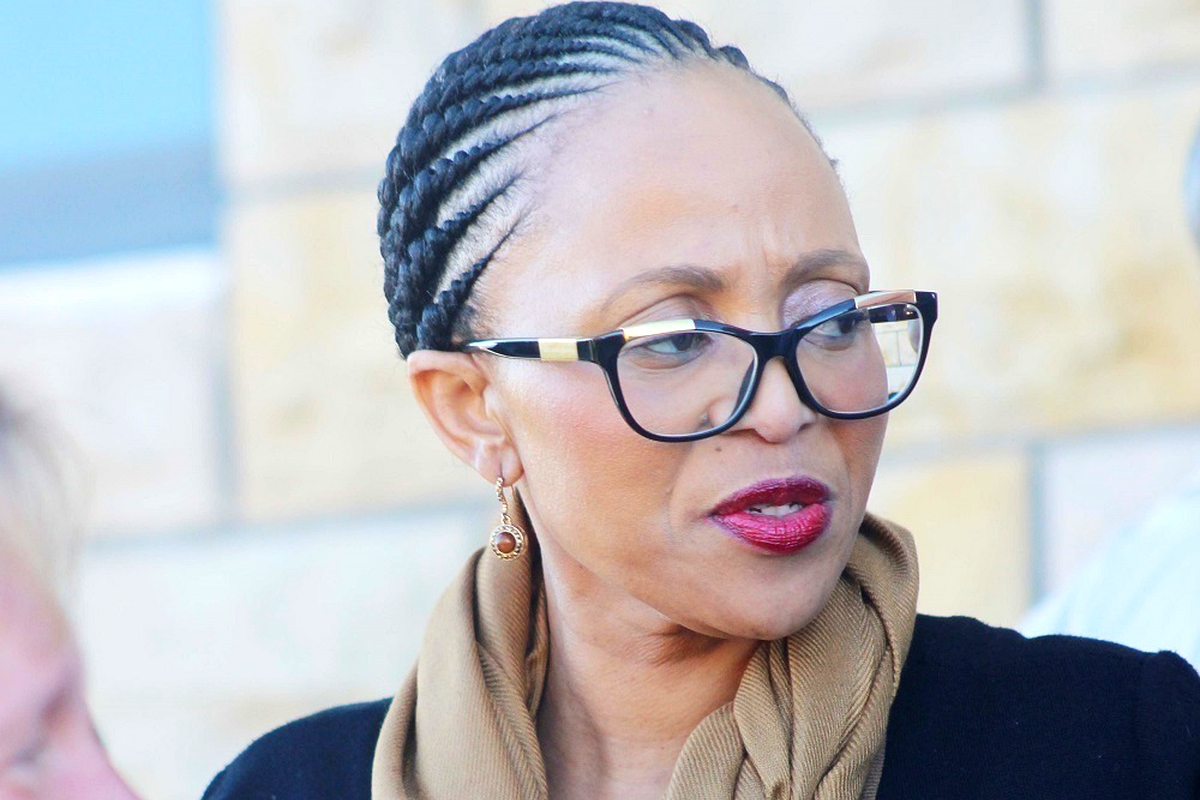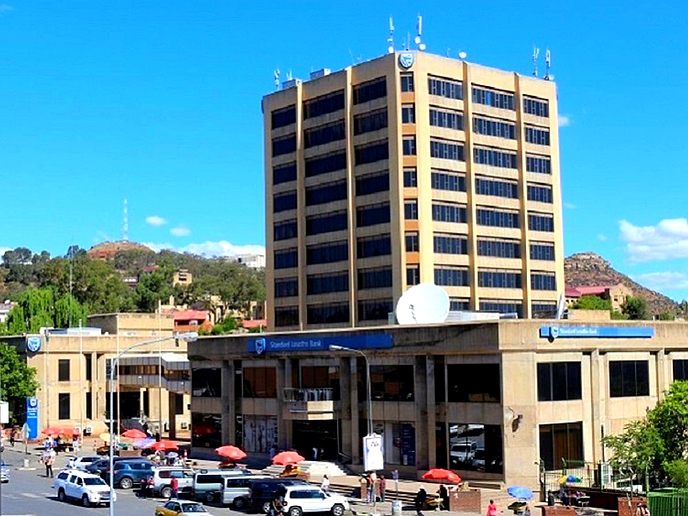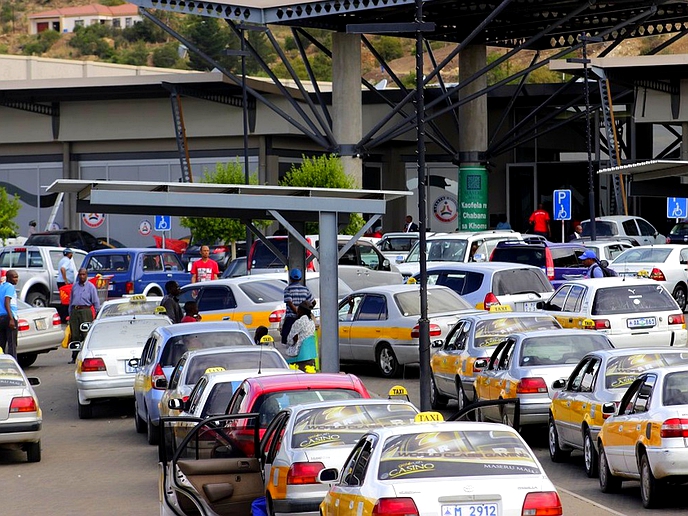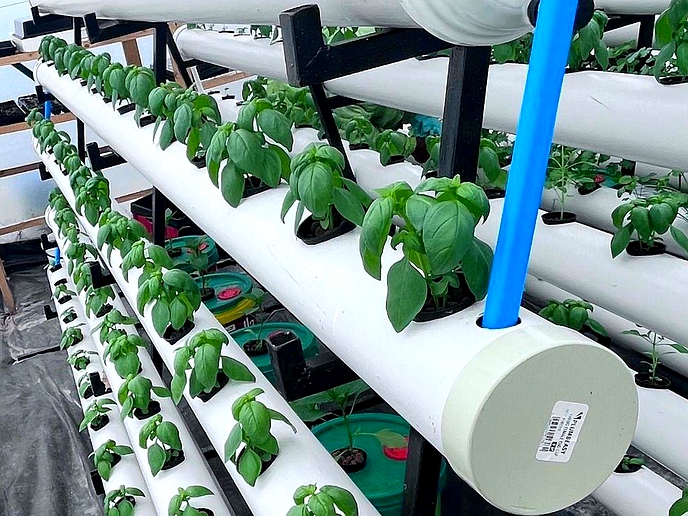THE Central Bank of Lesotho (CBL), an institution which is committed to conducting monetary policies to among others achieve and maintain price stability, has during its 92nd meeting increased its main repo rate to 3.75 percent per annum from 3.50 percent.
business
Nov. 24, 2021
NEO SENOKO
3 min read
CBL increases repo rate to 3.75%

Governor of the Central Bank of Lesotho, Dr Retšelisitsoe Matlanyane
Story highlights
The repo rate determines the interest rate at which the Central Bank lends money to commercial banks, which then affects the rate at which they lend money to consumers.
The increase comes just a week after the South African Reserve Bank also raised its main repo rate to 3.75 percent, its first increase since April 2020.
“The rate, set at this level will ensure that the domestic cost of funds remains aligned with the rest of the region,” CBL Governor, Dr Retšelisitsoe Matlanyane said on Monday.
In its 92nd Monetary Policy Committee (MPC) meeting, the bank also maintained the NIR target floor at US$760 million.
At this level, the NIR target remains consistent with the maintenance of the exchange rate peg between the loti and the South African rand.
The rate of inflation, as measured by the year-on-year percentage change in the consumer price index (CPI), was 6.2 percent in October 2021, compared to 5.4 percent in September of the same year.
The largest contributors to the October inflation rate included food, electricity, gas and other fuels as well as transport subcomponents.
Furthermore, the CBL’s Composite Indicator of Economic Activity (CIEA) reflects that domestic economic activity slowed by 1.1 percent in the third quarter, compared with a 3.7 percent increase recorded in the preceding quarter.
“The increase was mainly a result of negative growth in the manufacturing and production side of the economy, which was moderated by an improvement of the demand side. Domestic economic recovery remains largely conditional on developments related to the trajectory of virus infections, COVID-19 containment measures and the rollout of vaccines,” Dr Matlanyane added.
Private sector credit extended by banks increased by 4.7 percent in the third quarter of 2021, compared to the 1.8 percent rise in the second quarter.
Loans and advances extended to business enterprises increased by 7.3 percent during the review period, relative to a 0.2 percent growth in the preceding quarter.
Enjoy our daily newsletter from today
Access exclusive newsletters, along with previews of new media releases.
Loans and advances extended to business enterprises increased by 7.3 percent during the review period, relative to a 0.2 percent growth in the preceding quarter.
Similarly, total credit granted to households rose by 3.8 percent in the third quarter, following a rise of 2.3 percent in the quarter ending June 2021.
The current account recorded a deficit equivalent to 7.4 percent of GDP in the third quarter of 2021, relative to a larger deficit of 10.2 percent of GDP in the preceding quarter.
“The moderate deficit in the current account was driven mainly by a worsening of balances in the services account, primary income and secondary income accounts,” the CBL Governor also said.
Consequently, the gross international reserves, as measured in months of import cover, increased to 5.7 months in the third quarter of 2021, compared to 4.2 months in the previous quarter.
The Government budgetary operations remained under pressure, as expenditure grew faster than revenue during the review period. This therefore resulted in a marginal fiscal deficit.
Tailored for you






